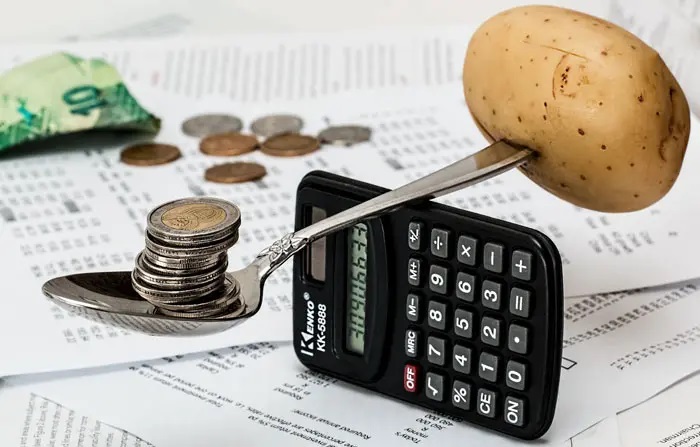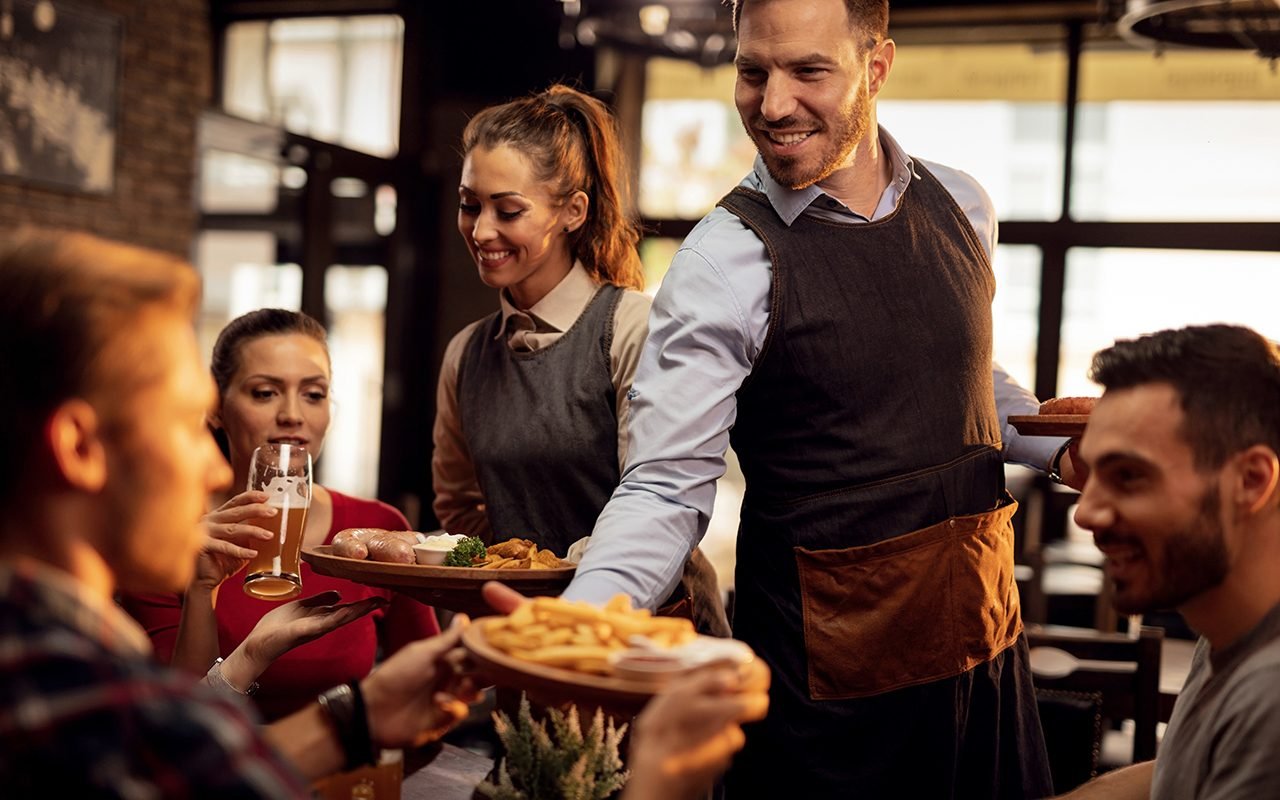It is not easy to maintain the quality of your restaurant, which is why you should make every possible effort to cut costs without negatively impacting the quality of food.
In this guide, we will discuss the factors that help reduce food costs and help set up cost control systems in a restaurant.
Here are a few essential tips that can help reduce restaurant costs and keep food consistent.
First, evaluate your menu and what items are profitable- Items that are not profitable should be removed from the menu as soon as possible.
What is food cost in a restaurant, and how do you calculate it?
Food cost is the percentage of sales, usually denoted as how much the restaurant spends on food. It is calculated by taking the total cost of food and dividing it by the total sales or revenue.
Food Cost is the price paid for items purchased from suppliers to be cooked or used in a restaurant. It’s calculated by dividing the total dollar amount spent on food by the number of meals sold in that period.
So, if an establishment buys $100 worth of goods and sells 100 meals over one period, they’re paying $1 average per meal.
Why it’s essential to consider the cost of food?
When you open a restaurant, you have to consider a few things, which include the cost of food because it directly affects the profit you earn from it.
If you manage the cost of food from starting your business, you will achieve your goal very quickly.
When you don’t know how much you are spending on your restaurant kitchen and ingredients, how will you make a business plan to get benefits? It is vital to consider the cost of food.

How do you reduce food cost in a restaurant?
You can reduce food cost in a restaurant by following some rules, which are discussed below.
Restaurant management cost control guidelines
1. Track food costs and inventories.
The first step to reducing food cost is to keep track of the food cost, which can either be done by taking a percentage of the total budgeted sales or estimating the food cost on a per-item basis.
With this information, restaurants can take corrective measures if needed. The second step is to reduce food cost per item by purchasing bulk and managing inventory. Purchasing in bulk allows restaurants to buy bulk items at cheaper rates.
2. Implement menu engineering
Implementing menu engineering is the best way to control food cost in a restaurant. It is the best way to evaluate your restaurant management.
This marketing technique helps reduce the cost of food items and dishes based on the perceived demand and price elasticity by using sales data.
To make customers buy more, restaurants need to know how people decide what they want to order. To do this, they will need to earn their customer’s trust and show them that choosing from their menu is going to be worth it for them financially and in taste.
They can do this by adequately choosing their items on the menu based on consumer psychology and habits using menu engineering techniques.
3. Automate manual operations
As technology is getting more advanced daily, customers’ needs are also increasing, so setting up cost control systems in a restaurant will increase sales.
Automating manual operations will improve the cost control of restaurant management, will speed up processes, and be cost-effective in the long run.
Reduce labor expenses in the kitchen by increasing automation, such as pressure cookers, blenders, etc.
Purchase pre-cooked food from wholesale suppliers, such as those who prepare chicken or beef patties.
4. Compare prices at different wholesale food vendors.
Always compare prices with other wholesale food vendors to get an idea of how much it cost.
Restaurant owners always seek to increase their profit margins by purchasing goods at lower prices through wholesale vendors.
But remember, always compare prices with different wholesale food vendors to get an idea of how much it costs.
There are many other things to consider before buying because one shop’s rates differ from others, so it’s always good to compare the rates first.
5. Inform Your Staff Regularly
With the rise of food inflation, staff will need to be informed on how to reduce the overall cost of food and make sure they purchase items most cost-effectively.
Food retail staff will need to be trained in nutrition and cooking techniques to advise customers on how to make food healthier.

6. Cut down on food waste
Cutting down on food waste is one of the best ways to control food cost in a restaurant by reusing ingredients with different recipes like soups or pastes.
Always make a purchasing chart to know how much food your pantry requires. Cutting down on food waste can also contribute to harmful greenhouse gas emissions.
7. Forecasting sales
Forecasting sales is a crucial predictive tool for estimating the number of sales that are likely to be made in an organization.
It helps you to achieve revenue by offering insight into the alleged behavior of your regular customers who make up most of your restaurant’s revenue. It lets you determine your inventory, labor, and other resources needed to meet your sales forecast.
8. Analyzing Employee Performance to Boost Efficiency
Analyzing employee performance is one of the best ways to boost efficiency. It helps with cost control and restaurant labor allocation. It is achieved by adequately allocating resources when assigning employees to tasks.
An excellent way to start controlling cost control software restaurants is by implementing an attendance monitoring system and to check it on regular basis.
Conclusion
One major cause of expensive food in restaurants is having too many choices on the menu, which isn’t what customers want anymore.
The best way to control food cost in a restaurant is to offer a limited number of high-quality dishes to reduce food wastage. By these guidelines, you can minimize restaurant food cost. Follow these to bring more profits to your business.